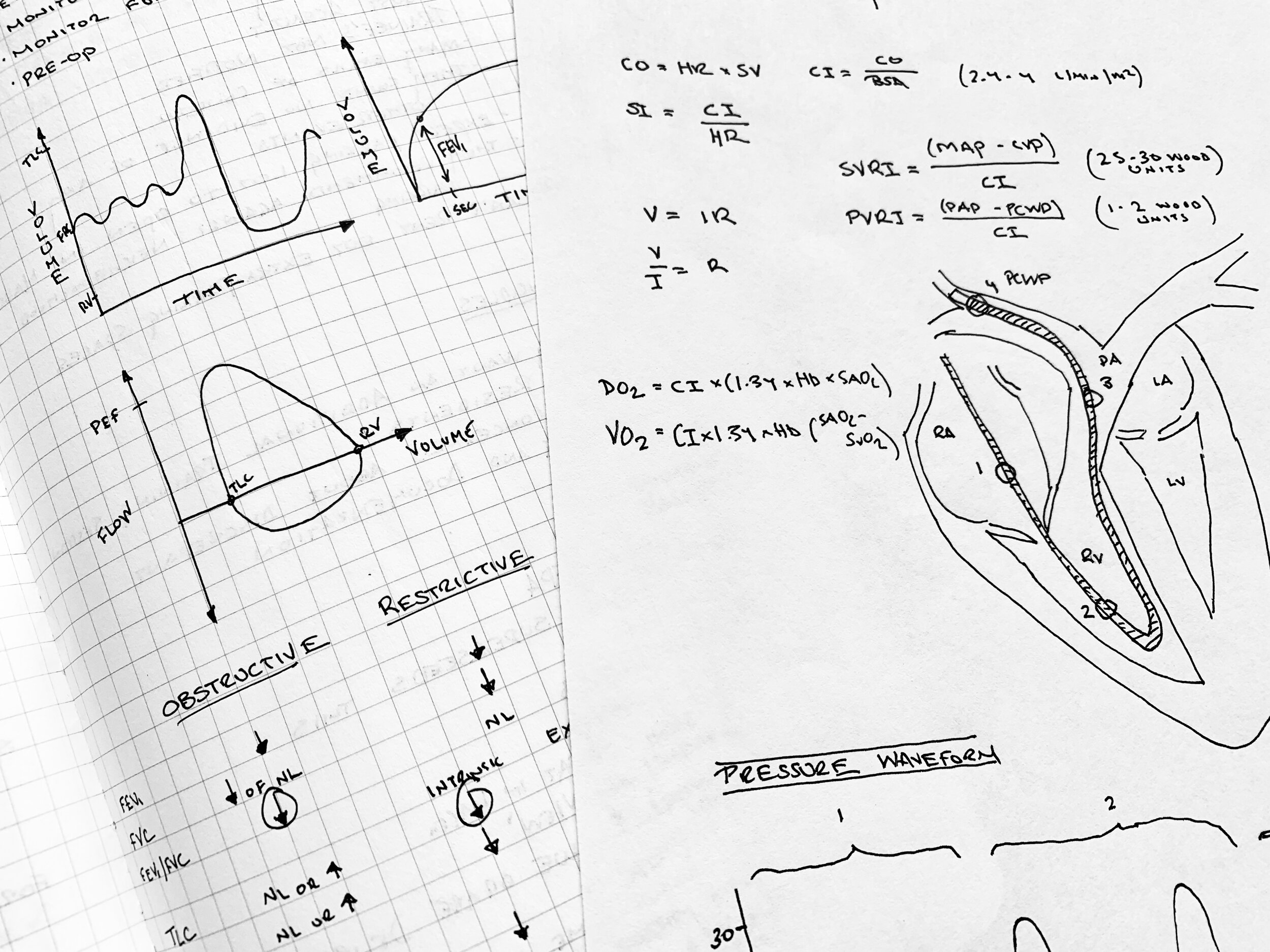
Critical care education one page at a time. Simple, free, & open source.
Nick Mark’s OnePager guides to critical care topics.
Determining Fluid Responsiveness
#criticalCare #POCUS #resuscitation #shock #fluids #monitoring
Fluids are beneficial when needed but harmful in excess. Determining when to give fluids is a foundational critical care skill. This ICU OnePager reviews how to measure CO including invasive techniques (pulse pressure variation, pulse contour analysis, pulmonary artery catheters), ultrasound techniques (LVOT and carotid VTI, IVC distensibility) and less invasive technqiues (NICOM, End-Tidal CO2, etc). It also discusses the maneuvers that we can perform to test for fluid responsiveness: Passive Leg Raise (PLR), Mini-bolus, PEEP challenge, and End-Expiratory Occlusion (EEO). As a bonus, we talk about emerging techniques (fluid tolerance testing, VEXUS) as well as some techniques that just refuse to die (CVP, IVC size, PCWP, etc)
Current version 1.0 (originally posted 2021-03-22). Also available in 🇪🇸Spanish (PDF, PNG, PPT)
-
Will This Hemodynamically Unstable Patient Respond to a Bolus of Intravenous Fluids? JAMA 2016
Systematic assessment of fluid responsiveness during early septic shock resuscitation: secondary analysis of the ANDROMEDA-SHOCK trial, Critical Care 2020
Stroke Volume Guided Resuscitation in Severe Sepsis and Septic Shock Improves Outcomes, J Crit Care 2007
Arterial Pulse Pressure Variation, AJRCCM 2017
Should we measure the central venous pressure to guide fluid management? Ten answers to 10 questions, Critical Care 2018
Accuracy of Ultrasonographic Measurements of Inferior Vena Cava to Determine Fluid Responsiveness: A Systematic Review and Meta-Analysis, J Intes Care Med 2020
Effect of LVOT VTI variation rate on the assessment of fluid responsiveness in septic shock patients, Medicine (Baltimore) 2020
Carotid ultrasound measurements for assessing fluid responsiveness in spontaneously breathing patients: corrected flow time and respirophasic variation in blood flow peak velocity, British Journal of Anesthesiology 2018
Predicting volume responsiveness by using the end-expiratory occlusion in mechanically ventilated intensive care unit patients, Crit Care Med 2009
Fluid responsiveness predicted by elevation of PEEP in patients with septic shock, Acta Anaesthesiologica Scandinavica 2013
Mini-fluid Challenge of 100 ml of Crystalloid Predicts Fluid Responsiveness in the Operating Room, Anesthesiology 2017
-
-
Also available in 🇪🇸 Spanish (PDF, PNG, PPT)
-
Current version 1.0 (originally posted 2021-03-22).
-


